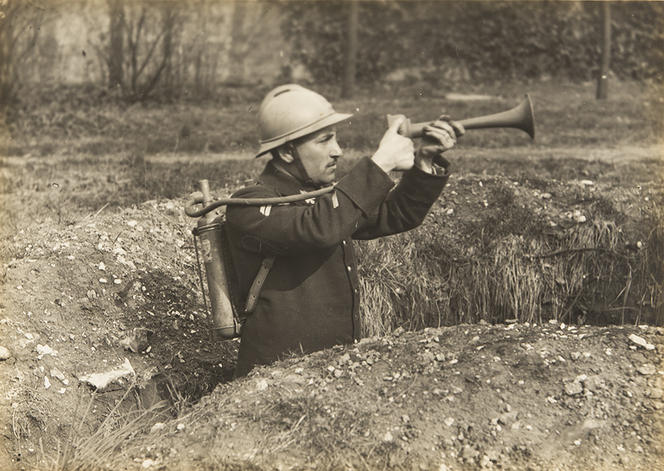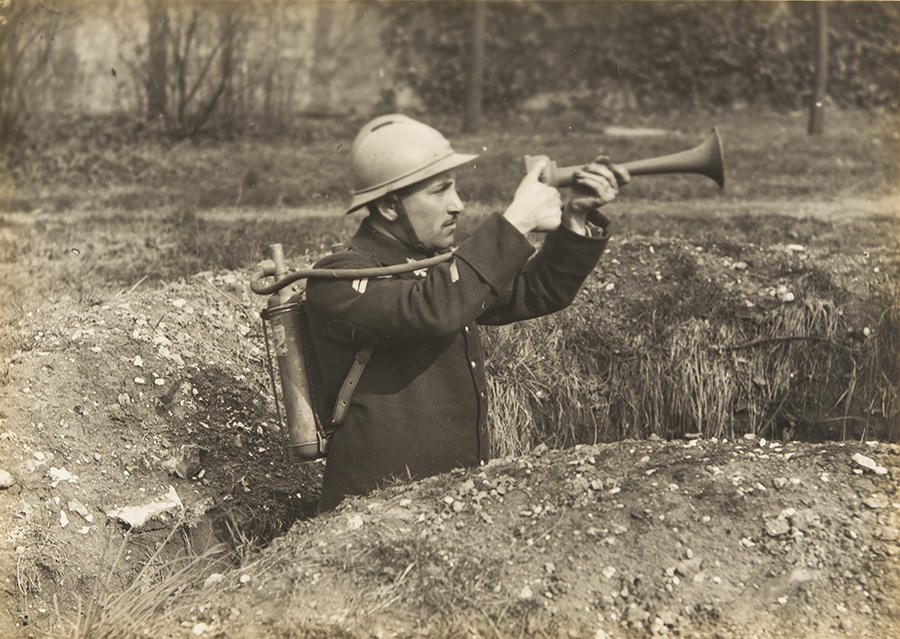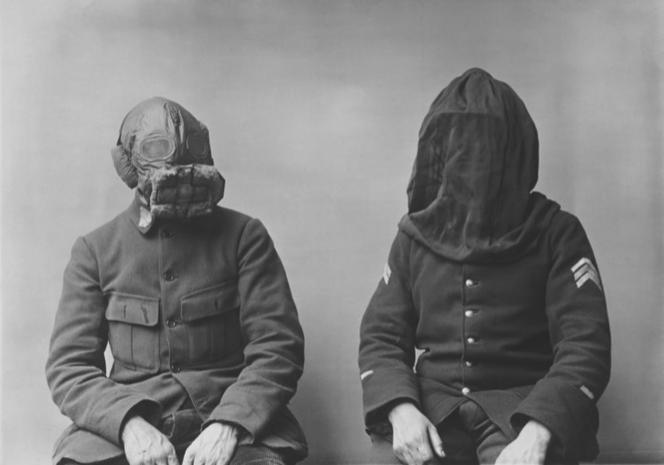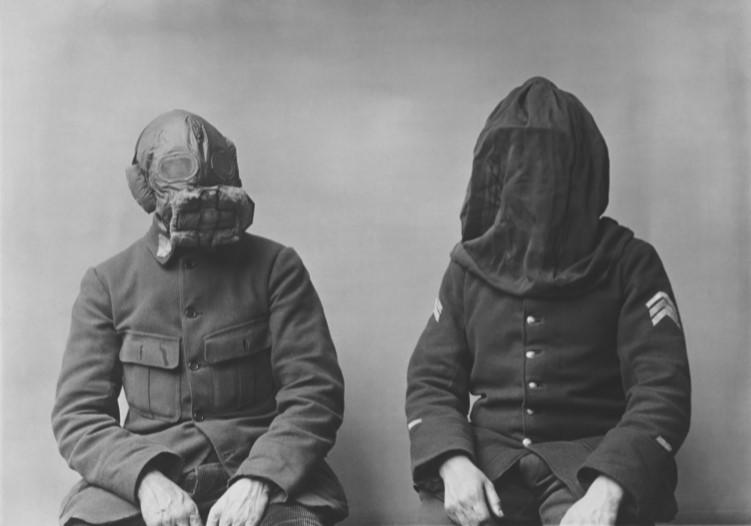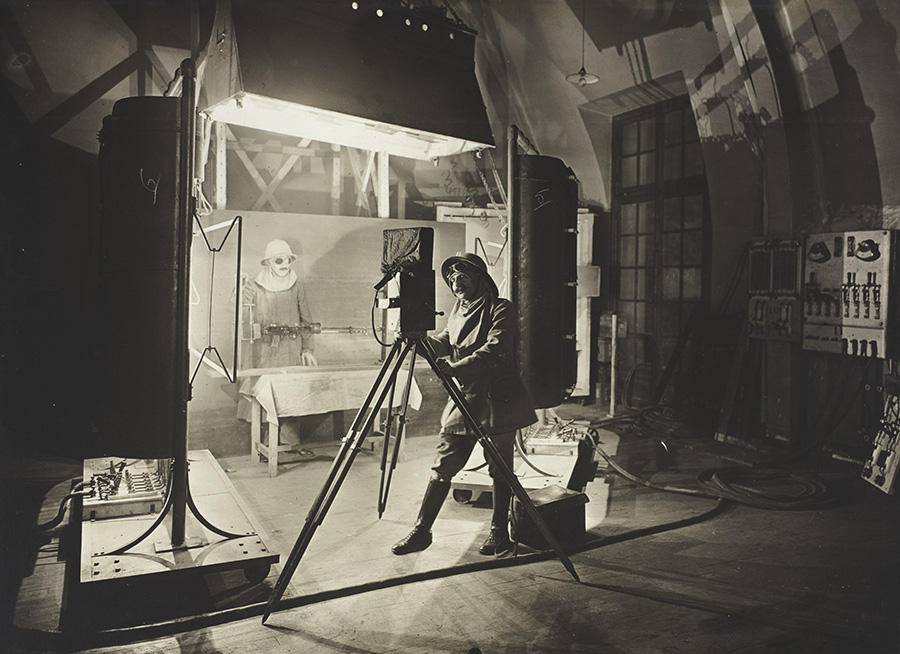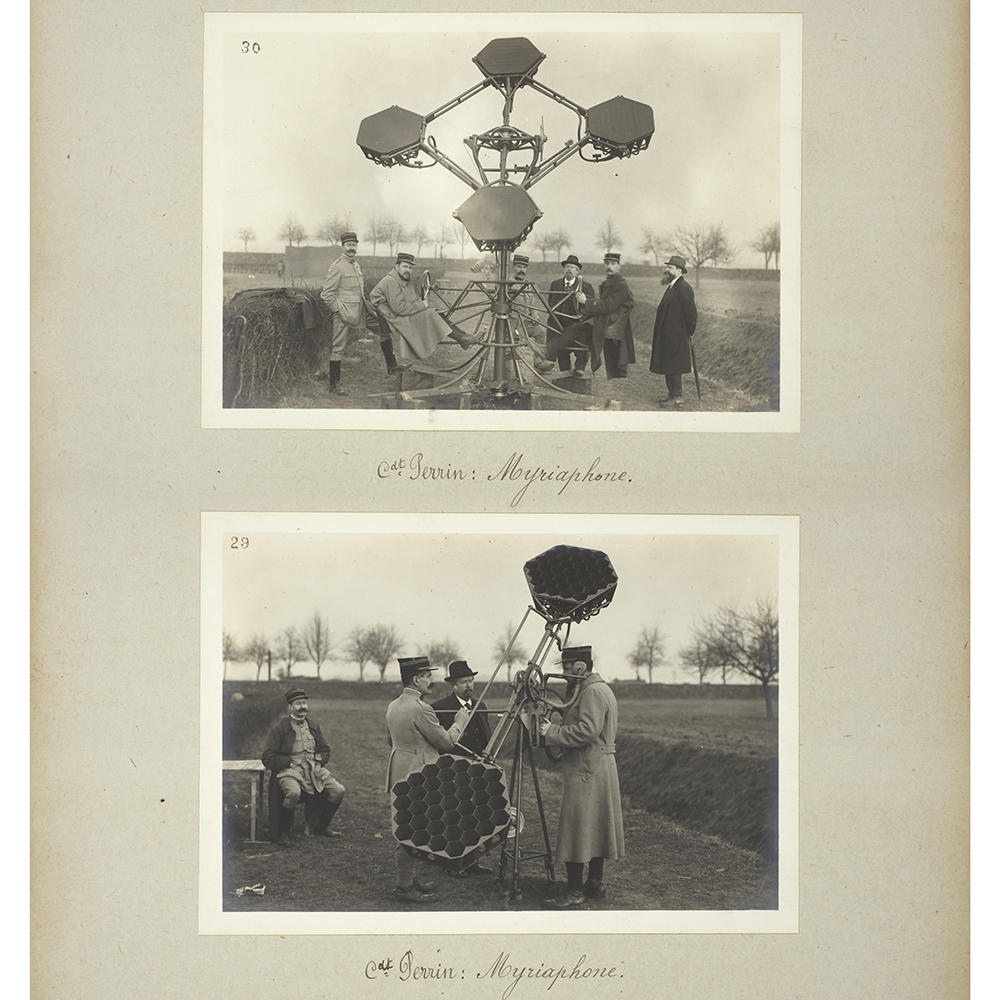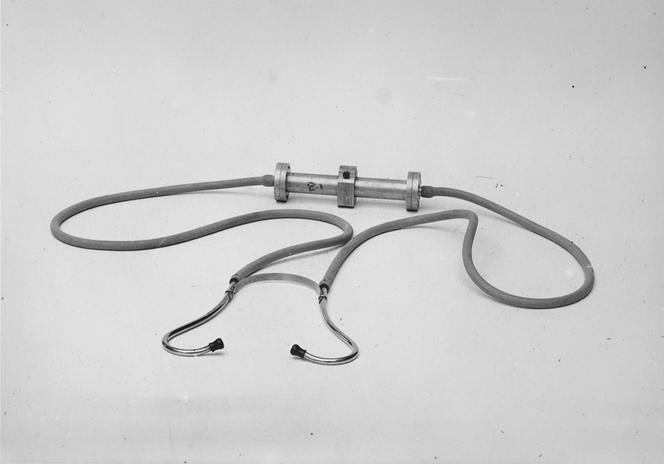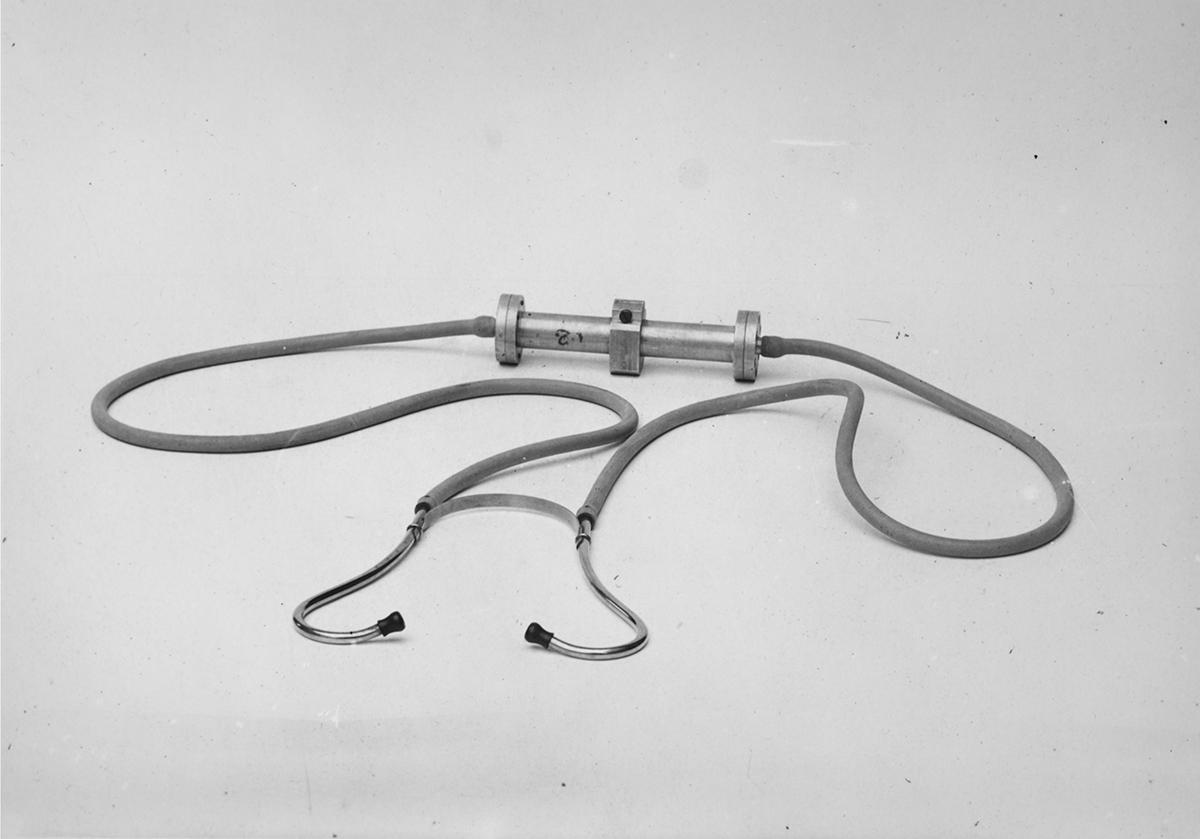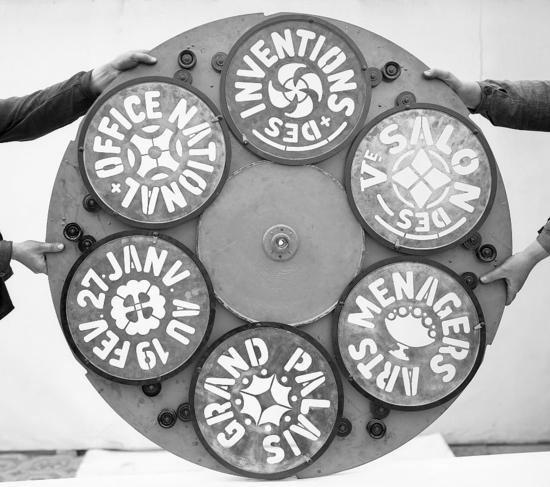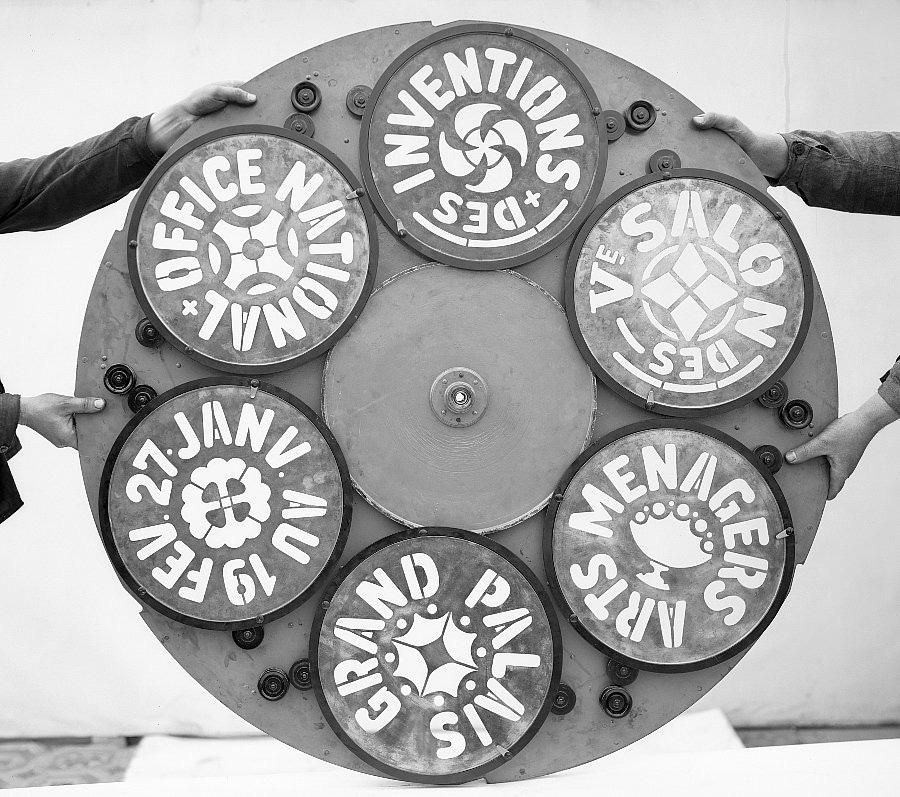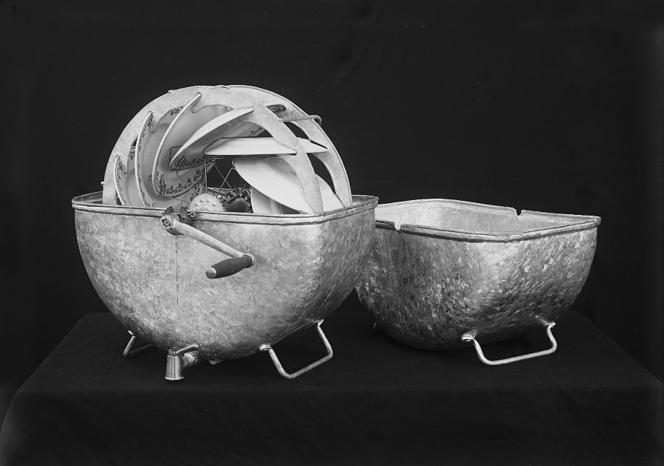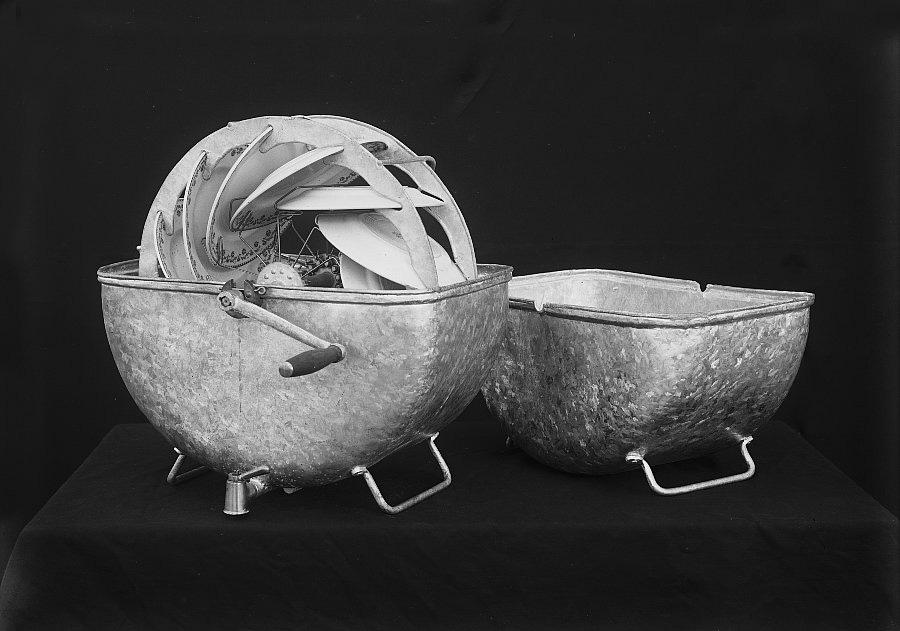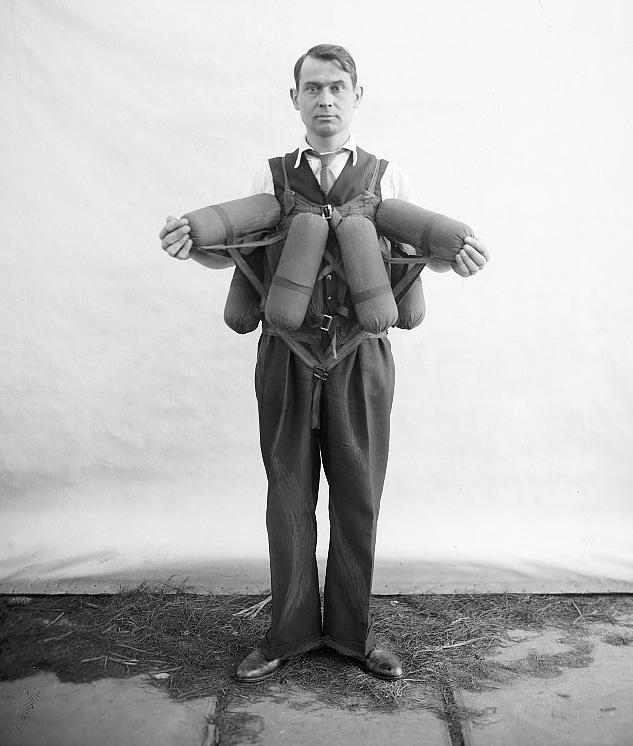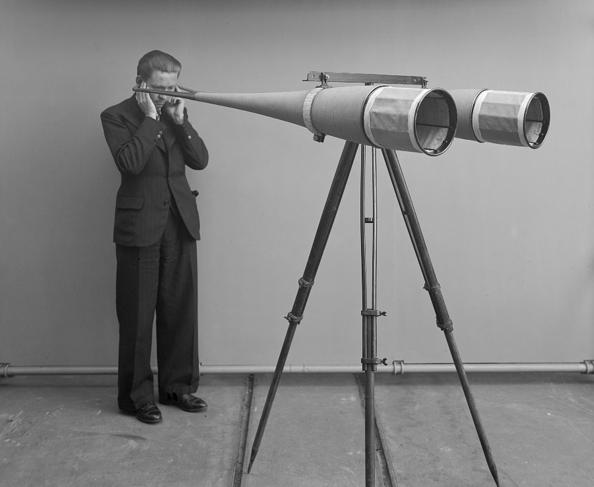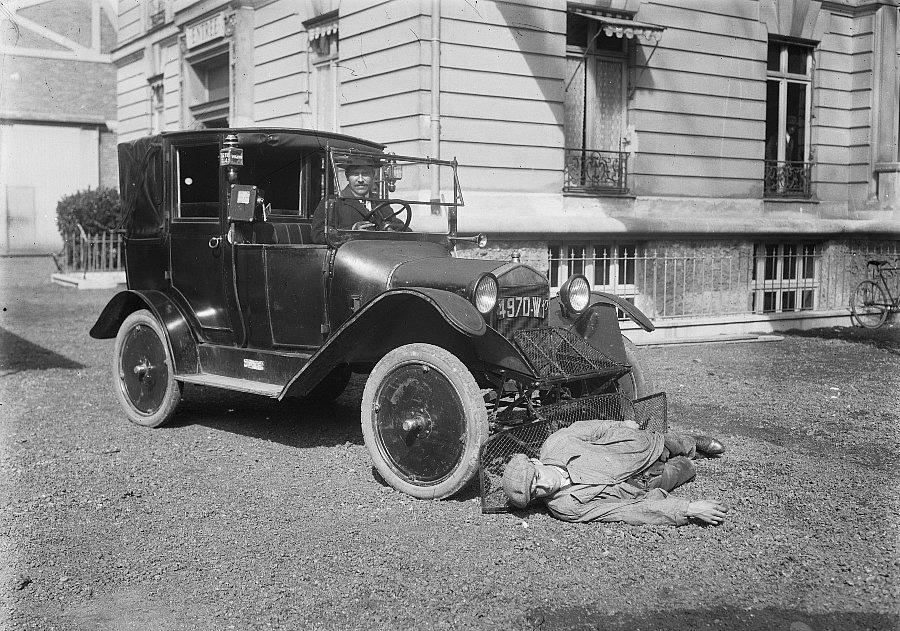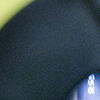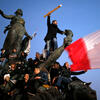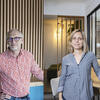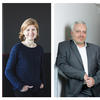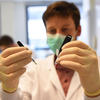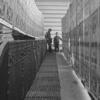You are here
Strange Inventions
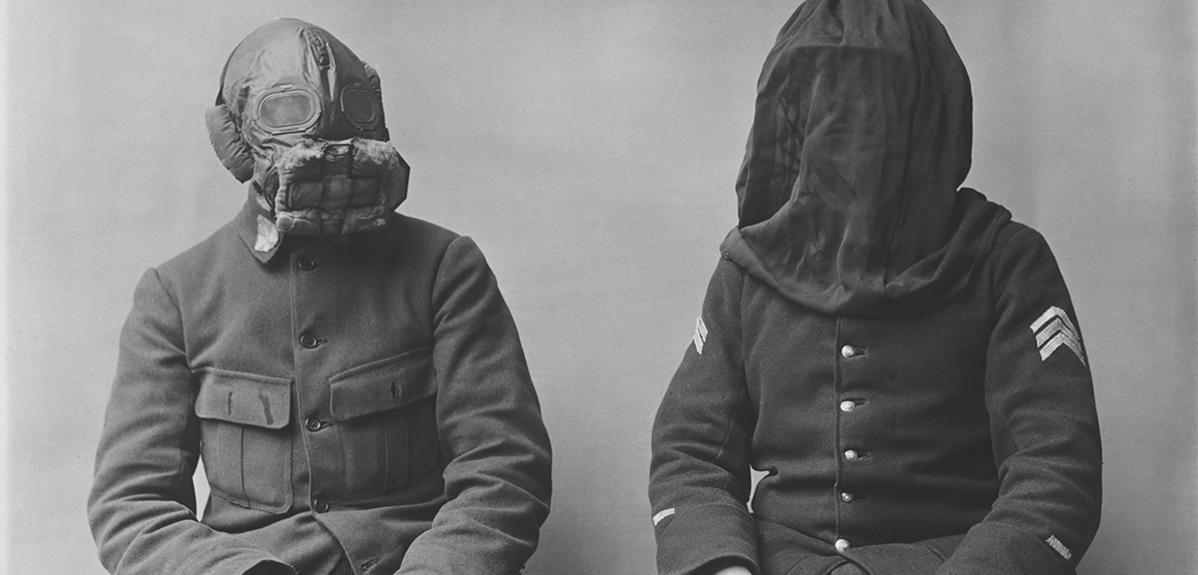
Diplodocus Militarus, the ancestor of the tank
Designed in 1914 and built in 1915, the Boirault vehicle was considered the “ancestor of the tank.” Words were not lacking to describe this “unidirectional, unarmoured, open-air, lozenge-shaped skeleton assault tank.” This invention by the arts et métiers engineer Louis Boirault was probably one of the most extravagant proposals documented by the Direction des inventions.
Multiple metres tall and weighing 30 tons, and shaped like a rib cage or giant salad shaker, this anti-barbed wire tank did not go unnoticed. However extravagant it may have been, the Boirault vehicle prompted a great deal of interest at the beginning of the conflict. It had the advantage of combining two functions that were sought at the time, namely destroying barbed wire networks and crossing over trenches. It was a kind of all-terrain vehicle.
The film clearly demonstrates the characteristics of the Boirault tank, which is to say its humungous size and one-way movement. Filmed initially in profile, the Boirault device was later captured face on, as it slowly but surely crushed rows of barbed wire: we see the metal giant draw closer and closer to the camera, which stays frozen in place…
It unfortunately didn’t last due to its “high visibility,” slowness, and inability to change direction, which actually earned it the nickname of “Diplodocus Militarus.”
Despite the hopes of the inventor, the inventions commission eliminated the potential uses of the diplodocus militarus one by one. Finally, the production of such a vehicle would have called for too much metal, which was coveted at the time: “due to its great metallic weight and the mechanic complexity of its system, the construction of a large number of Boirault vehicles would require a considerable amount of raw materials and labour.”
Engineer Barault’s abandoned invention was nevertheless fascinating. The giant vehicle resembled a monumental moving sculpture, a useless machine that was obsolete even before having a use. The silent film showing the slow movements of this metal monster add a touch of burlesque to this prehistoric tank.
Trench trumpet
Jean Perrin, the future founder of the CNRS, was mobilised as an officer in the engineer corps during the First World War. He developed a portable compressed air bugle that amplified the instrument's sound by replacing human breath by a mechanism that releases air stored under pressure in portable bottles. Nicknamed the "liaison acoustique" (acoustic connection or link), this organizational instrument was originally used to convey military orders. Its sound and tone in B flat are east to recognize, and are used to signify "open fire," "attention," "muster," "mess call," etc. With a range of multiple kilometres, this bugle was used successfully during the recapture of Fort Douaumont.
Flame protection mask and hood
"Men were rolling on the ground in convulsions, coughing, vomiting, spitting up blood." These words from the doctor of the 66th infantry regiment recount the horror of the first chemical offensive, which took place on 22 April 1915 in Ypres, Belgium. One hundred and fifty tons of chlorine were carried by the wind in a heavy yellowish cloud floating one metre above the trenches. Nearly half of the men who were gassed died. In 1915, the use of gas shells quickly escalated into chemical warfare. Cyanhydric acid, arsine, bromine, and phosgene were used. As a result, from April 1915 onward priority was given to finding ways to protect personnel against gas, from the initial handkerchiefs and socks soaked in urine, to compresses of hyposulfite of soda and hoods, and finally masks with interchangeable cartridges. Various models for gas and filters were developed to counter the effects of different gases, with the most difficult to manage being mustard gas due to its vesicant effect (provoking deep skin lesions). Despite the signing of The Hague Convention in 1899 and 1907, France and other belligerent countries continued research, and did not renounce these weapons during the conflict. The first gas masks for combat, produced in the thousands, continued to be improved until the armistice, and were produced after the war for new civilian applications.
Artificial clouds
The Great War was indeed the first scientific war. Mobilisation diverted scientists and engineers from their research, and provided them with unexpected projects that they shaped in innovative and decisive ways. Science was therefore a full participant in the culture of war. With the research of the chemist and biologist Auguste Trillat, artificial clouds became a key element of national defence. Officially adopted by the Navy during the conflict, the procedure helped to protect ships. It was also effective at sea against German submarine attacks, as well as on land for concealing troop movements. Auguste Trillat's production process for artificial clouds produced by ammonia hydrochloride was photographed step by step during testing sessions organized by Trillat's Direction des inventions (Office for Inventions), which supported research in microbiology, all while keeping it confidential during the war. His research led to projects for collective immunization through immunizing clouds, as demonstrated by the report in his candidacy to the Academy of Sciences two decades later in 1937.
Backstage
This photograph is all the more spectacular in that it depicts the scenery and context for the thousands of images making up the archive of inventions. One can see both the object—here a part from a machine gun—and a figure contextualizing it. The outfits, or rather the costumes, worn by the characters make the scene a bit extravagant, at the limit of burlesque. The attitude of the cameraman also contributes to this, as he looks like a hunter on the look-out, ready to photograph his prey: an invention for military use. Such humorous dramatization is one of the distinctive features—incredibly rare in photography—of this archive of inventions. Unlike the early days of film, photography was rarely used to make people laugh.
Horse mask
The gas mask for horses proposed by the associate Giroux in 1918 is a good example of a lack of success. Beginning in the spring of 1915, harnessed horses and mules carrying machine guns shared the fate of combatants. They suffered gas attacks, with the suffocating effects of chlorine derivatives and burns from vesicant gas. The "Giroux mask" was one of the various prototypes evaluated in this context. Deemed too heavy and insufficiently airtight, the model was not convincing.
Myriaphone
Mobilized as an officer in the engineer corps during the First World War, Jean Perrin began his research on sound detection in 1915, and equipped the French army with a series of listening devices that could locate planes and submarines, as well as conduct underground spotting. His telesitemeter, known as the "Perrin listener," was based on the principle of biauricular hearing: like a pair of large ears, giant cones capture sound energy, which then enters a tube that amplifies the sound, with the number of cones increasing the precision of the reading. Worked by experienced operators and consisting of multiple myriaphones, the telesitemeter had a range of 7 to 8 kilometres, with an angular error below 2 or 3 degrees.
Mine detector
This device looks like a giant stethoscope, but it is actually intended for detecting underground sounds, such as those in mining galleries. Mobilised as an officer in the engineer corps during the First World War, Jean Perrin, the future winner of the Nobel Prize in Physics and founder of the CNRS, began his research on sound detection in 1915. In January 1917 he presented three models, including a first device weighing 4 kilograms, and two others that were smaller but had the same sensitivity. Additional images show details of the final device, which was mass produced under the name "géophone," and weighed 500 grams. Finally, other images show the geophone box, which included two geophones, two rubber tubes, a dual headset, and a compass mounted on a small board.
Cloud projector
In 1928, the Salon des arts ménagers (Home Economics Trade Fair), a yearly event created by Jules-Louis Breton, offered an original show available to all: before an astounded public, the Office of Inventions tested a giant cloud projector, including a number of disks with text announcing the opening of Salon. During the projection the giant texts could be read in the Paris sky—on the condition that there were clouds—across a diameter between 180 and 300 meters.
Washing machine
The washing machine embodied the possibility of radical change in the everyday life and condition of women, a transformation as fundamental as the first armoured vehicles, which had transformed war a few years earlier. Both the tank and the washing machine were once proposed to the Commission des inventions (Inventions Commission) and later to ONRSII by the same man, the patron of inventions Jules-Louis Breton.
The smaller of these "motowashers" had the distinctive feature of being mixed, as it could be used to wash both clothing and dishes. Simple to use, this machine did not require any particular piping, and could be used "right away both in the countryside and the city."
Balloon belt
As an airplane pilot during the First World War, Auguste Chalbert had multiple opportunities to "boire le bouillon" (drink the brine) during unexpected sea landings. He was especially concerned about sea rescues, at a time when equipment provided for shipwrecks was not reliable. The flotation belt was deemed dangerous, as it risked "pitching the shipwrecked sailor nose down, or even tipping his head downward." While life belts could be put on quickly, they did not allow for swimming. Conversely, the floater attributed to Chalbert, with the support of Albert Toussaint from the laboratoire d’aéronautique de l’ONRSII, was easy to position and allowed for swimming, all while maintaining good stability thanks to the distribution of the floaters. Its size was reasonable, but its production cost dissuaded the state from investing. The inventor sold his device to private individuals.
Acoustic cones
Georges Mabboux sought to improve the instruments used to emit and receive sound waves, with the goal of attenuating the distortion of the cones, reducing background noise, and increasing their effectiveness. On 20 March 1934, the inventor applied for a patent, which was granted on 1 May 1939. In the meantime, detection techniques reached a new milestone thanks to research on radar, making these "large ears" obsolete, and possibly even whimsical.
Life-saving taxi
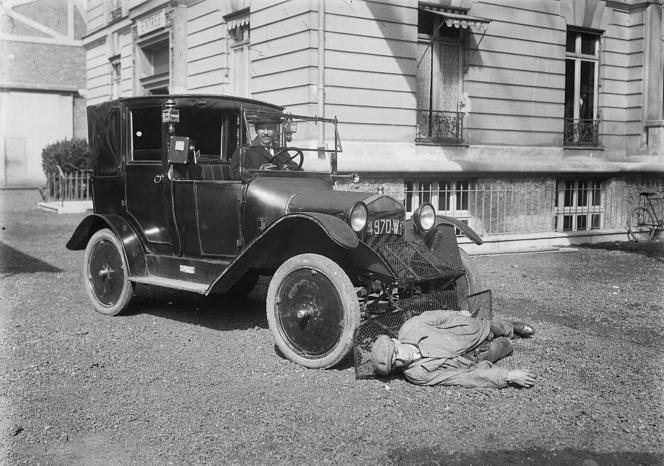
Road security became a real concern during the 1920s, as demonstrated by this taxi equipped with an anti-crushing device: "The device consists of a metal framework with protective fencing, and rolls of rubber serving as shock absorbers," explained the inventor, who went on to describe how it functions: "A standing person who is crashed into at a speed of 20 or 30 km/h is first struck on the ankles . They will therefore lose their balance and collapse." Whether the victim is struck while standing or on the ground, they will be pushed aside! This would for instance apply to a "drunkard who was seen too late," assured the inventor.


